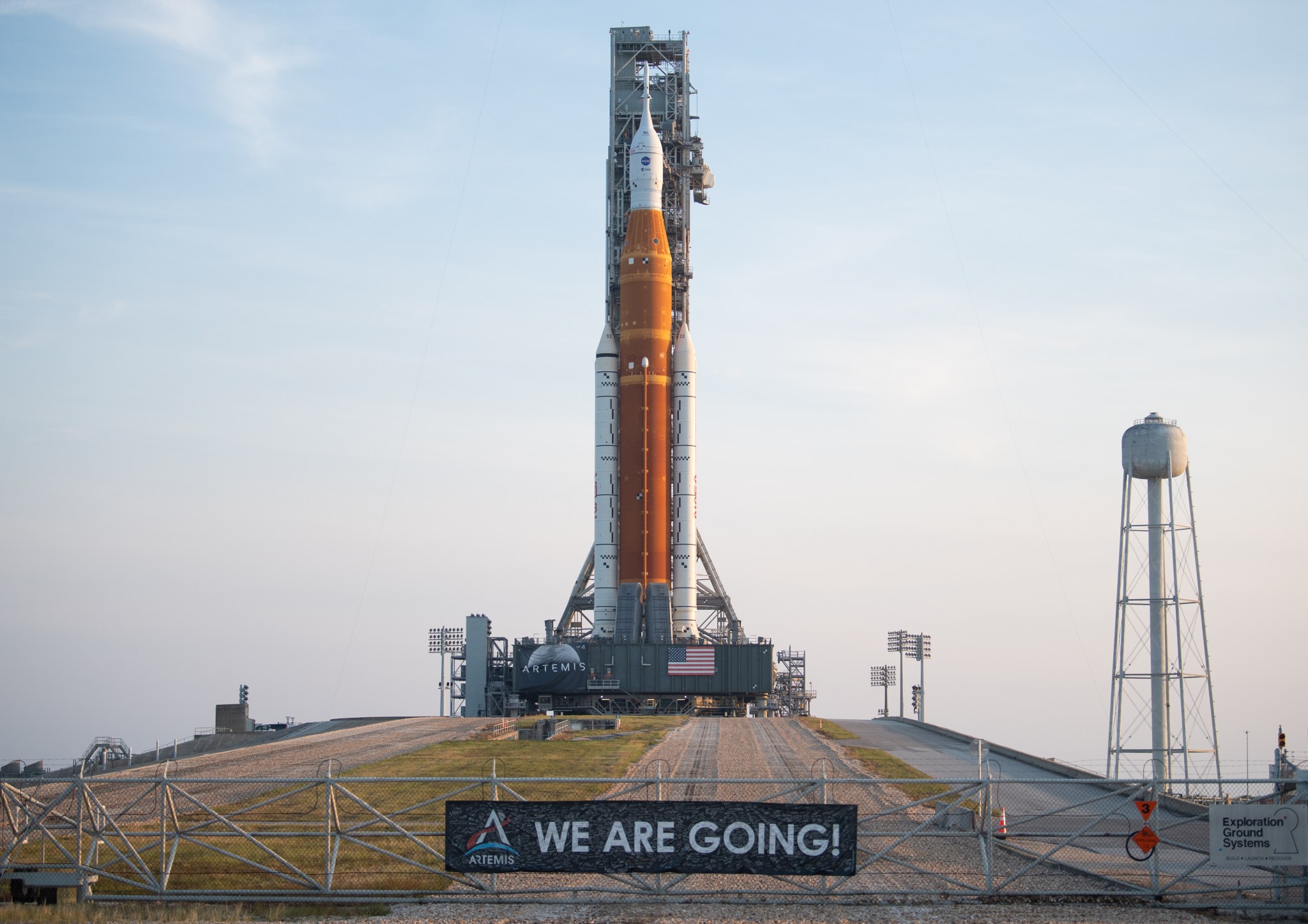
Want to learn about what NASA’s Ames Research Center in California’s Silicon Valley is up to? Join us at SiliCon with Adam Savage 2022 to hear from NASA scientists, engineers, educators, and more about their work. With NASA’s upcoming Artemis I launch paving the way for humans to return to the Moon and onto Mars, there’s no better time to visit NASA’s exhibit, panels, and more to learn about what we’re working on.
SiliCon with Adam Savage will be held at the San Jose Convention Center in San Jose, California Aug. 27-28, 2022.
NASA Booth
The NASA booth can be found by the main entrance of the convention show floor, at booth #500. Visit the booth to talk to our experts, learn about upcoming missions, and much more! Event attendees will also have a chance to take a photo with a full-size model of VIPER, NASA’s next Moon rover. Shared posts on Twitter, Facebook, and Instagram using the tag #MoonRoverAndMe may appear on NASA social media accounts during or after the event!
NASA Panel Schedule
Artemis: The First Step in the Next Era of Human Exploration
11 a.m. PDT Saturday Aug. 27
Room 220B
With Artemis missions, NASA will land the first woman and first person of color on the Moon, using innovative technologies to explore more of the lunar surface than ever before. We’re going back to the Moon for scientific discovery, economic benefits, and inspiration for a new generation of explorers. NASA will collaborate with partners to establish the first long-term human-robotic presence on and around the Moon. Then, we will use what we learn in deep space – on and at the Moon – to take the next giant leap: sending the first astronauts to Mars. Join us to hear from team members at NASA Ames about their behind-the-scenes contributions to Artemis missions.
Moderator: Arezu Sarvestani, Public Affairs Specialist
Panelists:
- Derek Dalle, Aerodynamics Engineer
- Jesse Fusco, Control Systems Engineer
- Seth Schisler, Technology Program Manager
Space for All: Advancing Equity at NASA
3 p.m. PDT Saturday Aug. 27
Room 220B
NASA explores space for all humankind, and is committed to building a future in space all communities can be a part of. Inclusion is a new core value at NASA, recognizing that diversity is a strength and essential to exploring space. Turning that value of inclusion into a practice is an ongoing effort, requiring dedicated scientists, engineers, mission support staff, and others to work together towards a more inclusive vision of what space exploration can be. Hear from some of NASA’s best and brightest about what inspired them to come to NASA, how the agency is integrating inclusion into its work, and what a future in space that’s for everyone could look like.
Moderator: Frank Tavares, Communications Specialist
Panelists:
- J Benton, Computer Scientist
- Dorsa Shirazi, Aerospace Engineer
- Daniella Scalice, Education and Communications Lead
- Charles Gatebe, Chief of the Atmospheric Science Branch
Into Darkness: NASA’s VIPER Moon Rover Headed for Extreme Lunar Environments
Noon PDT Sunday Aug. 28
Room 220B
Meet VIPER, NASA’s next Moon rover. Measuring about the size of a golf cart and weighing approximately 1,000 pounds, VIPER will use its four onboard instruments, including a drill, to map water and other valuable resources as it explores a region of the lunar South Pole. Hear from a few members of the team that are battle testing the rover hardware and software, prepping to drive the robot across the lunar terrain, and working to reveal the answers to a few of the Moon’s best kept secrets.
Moderator: Lara Streiff, Digital Communications Strategist
Panelists:
- Terry Fong, Director of the Intelligence Robotics Group
- Ryan Vaughan, Systems Engineer
- Mercedes Herreras-Martinez, Risk Manager
- Amanda Cook, Space Instrument Scientist and Systems Integration Engineer
Getting Your Start at NASA: All About Internships Across the Agency
2 p.m. PDT Sunday Aug. 28
Room 220B
You don’t have to be a genius to be a NASA intern. You have to work hard and with passion! And, while many internships at NASA are focused on STEM – science, technology, engineering, and math – NASA needs everyone. We have opportunities in business, communications, education, finance, and space law, too. Our interns gain hands-on experience and contribute important work to the agency’s missions. This session will explain more about NASA’s internship opportunities, how to apply, and the kinds of real NASA work our interns do.
Moderator: Daniel Likins, Administrative Program Manager
Panelists:
- Ashley Coates, Fluid Mechanics Research Assistant
- Katelyn Jarvis, Computer Engineer
- Cara Dodge, Public Engagement Lead
For news media:
Members of the news media interested in covering this topic should reach out to the NASA Ames newsroom.


























